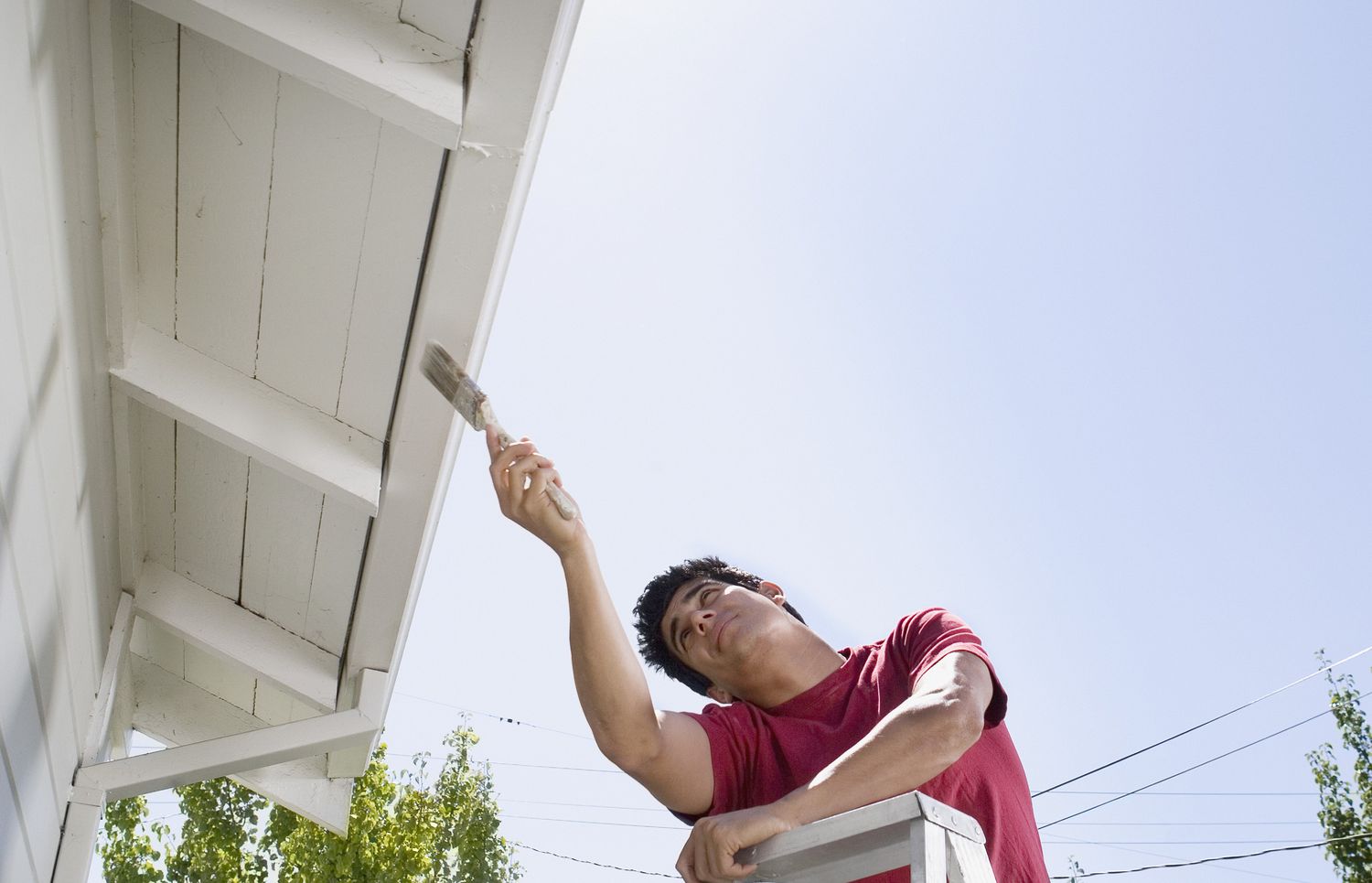
If you’re planning to refresh your home’s siding, deck, fence, or even concrete with a fresh coat of paint or stain, you might be wondering: Should I power wash it first? And if so, is it really necessary?
The short answer is: Yes — power washing before painting or staining is highly recommended. It’s not just about making things look cleaner; it’s about ensuring your paint or stain sticks, lasts, and protects your surface for years to come. 🧽🏡
Let’s dive into why power washing before painting or staining matters, how to do it right, and what mistakes to avoid.
🎯 Why Power Washing Before Painting Matters
Surfaces accumulate all kinds of grime over time:
- Dirt
- Mildew and algae
- Old paint chips
- Pollen
- Cobwebs
- Oil and grease
Even if a surface looks clean, these contaminants can interfere with the adhesion of your paint or stain. That means:
❌ Your new paint may peel or blister
❌ The finish may appear blotchy or uneven
❌ The color won’t penetrate wood or bind properly
Power washing ensures a clean canvas, helping your finish bond better and last longer. ✅
🧱 What Surfaces Should Be Power Washed Before Painting or Staining?
Here’s a quick rundown:
| Surface | Power Wash First? | Notes |
|---|---|---|
| Wood decks 🪵 | Yes ✅ | Use low pressure to avoid gouging |
| Concrete patios 🧱 | Yes ✅ | Remove oil, algae, and embedded dirt |
| Vinyl siding 🏡 | Yes ✅ | Removes oxidation and mildew |
| Fences 🌲 | Yes ✅ | Important for stain penetration |
| Brick walls 🧱 | Sometimes ⚠️ | Soft wash if mortar is old or fragile |
| Painted surfaces 🎨 | Yes ✅ (carefully) | Avoid using too much pressure on paint |
🧼 Should I Use Detergent When Power Washing Before Painting?
Yes — using detergent will help break down grime, mildew, and chalking paint residue. It preps the surface more thoroughly than water alone.
Look for:
- Mildew-resistant cleaner for siding and trim
- Deck cleaner or wood brightener for wooden decks or fences
- Concrete degreaser for patios or garage floors
💡 Always rinse thoroughly after applying detergent, and allow the surface to dry completely before moving to the next step.
Browse Amazon Here For Popular Power Washing Detergents
⏱️ How Long Should I Wait to Paint After Power Washing?
Drying time is crucial. If you paint or stain while the surface is still damp, it can lead to peeling, bubbling, or blotchy coverage.
Here’s a general drying guide:
- Wood decks/fences: 48–72 hours 🌤️
- Siding (vinyl, aluminum): 24–48 hours
- Concrete driveways: 24–48 hours
To be safe, wait at least two sunny days after washing, and check with a moisture meter if possible — especially for wood surfaces.
🚫 Common Mistakes to Avoid
1. Using Too Much Pressure on Wood
High PSI can etch, splinter, or raise the grain of your wood, making it harder for stain or paint to adhere evenly.
Solution: Use a pressure setting under 1,500 PSI with a wide spray tip.
2. Skipping Dry Time
Painting on damp wood or concrete is a recipe for failure. Moisture can get trapped and cause blistering or premature peeling.
Solution: Allow ample drying time and check moisture content before painting.
3. Leaving Detergent Residue
Soap that isn’t properly rinsed can interfere with the adhesion of paints and stains.
Solution: Rinse thoroughly from top to bottom with clean water.
4. Not Scraping Loose Paint
Power washing can loosen flaking paint, but you still need to manually scrape and sand areas for a smooth surface.
Solution: Always inspect and prep after power washing — don’t skip the finishing touches.
🛠️ Pro Tips for Prepping to Paint After Power Washing
- Use a 45° angle and keep the nozzle 12–18 inches from the surface.
- Wash on a sunny, dry day to help speed drying.
- Consider applying a mildewcide if painting in a humid or shady area.
- After drying, sand any rough or raised wood grain.
- Don’t forget to mask or cover nearby landscaping or delicate features. 🪴🧼
🧽 Alternatives to Power Washing (When Not Safe)
In some cases, power washing may not be ideal — like on historic homes, delicate stucco, or crumbling mortar. In these situations, use:
- Soft washing with a low-pressure system
- Manual scrubbing with a stiff brush
- Eco-friendly cleaning agents for light stains
Always test a small, hidden area first.
✅ Final Takeaway
So, can you power wash before painting or staining?
Yes — and you absolutely should, in most cases. It’s one of the best ways to:
- Ensure proper paint or stain adhesion
- Remove dirt, mildew, and contaminants
- Improve the durability and appearance of your finish
- Save time and money on repairs down the road
Just remember to use the right pressure, allow for full drying, and follow up with surface prep. Done right, power washing is the foundation of a great finish that lasts for years to come. 🖌️✨
Browse Amazon Here For Top Rated Power Washers And Accessories






